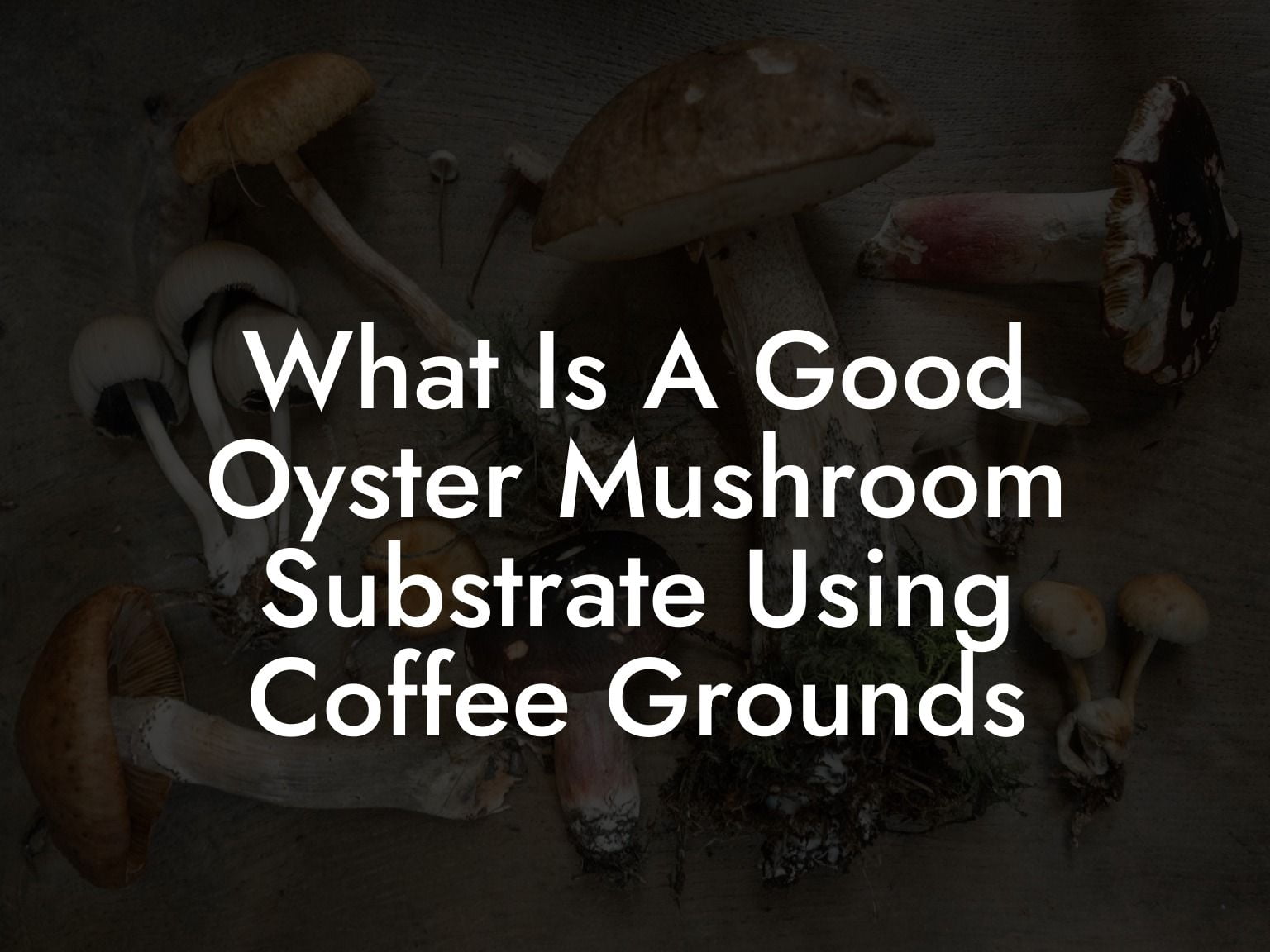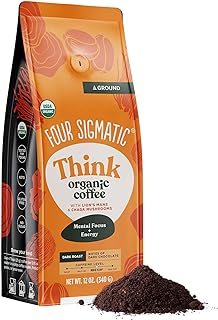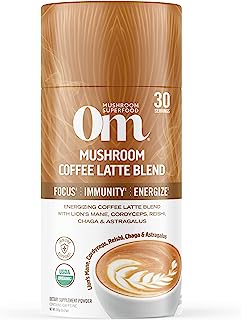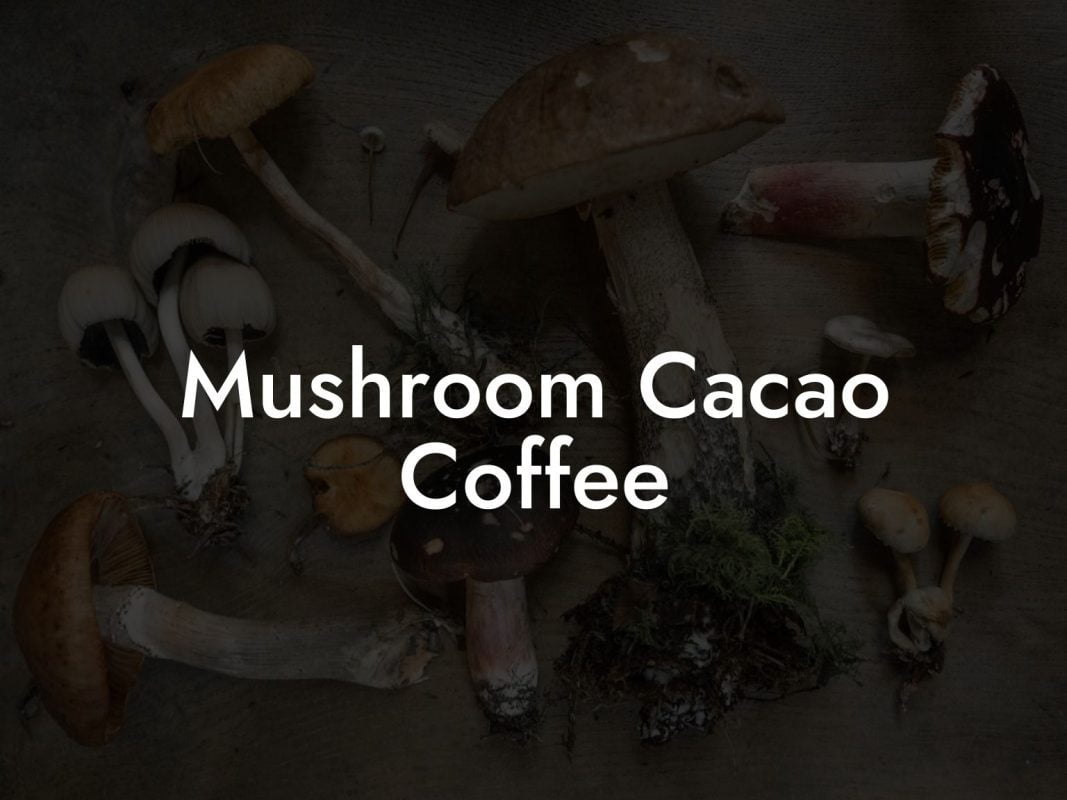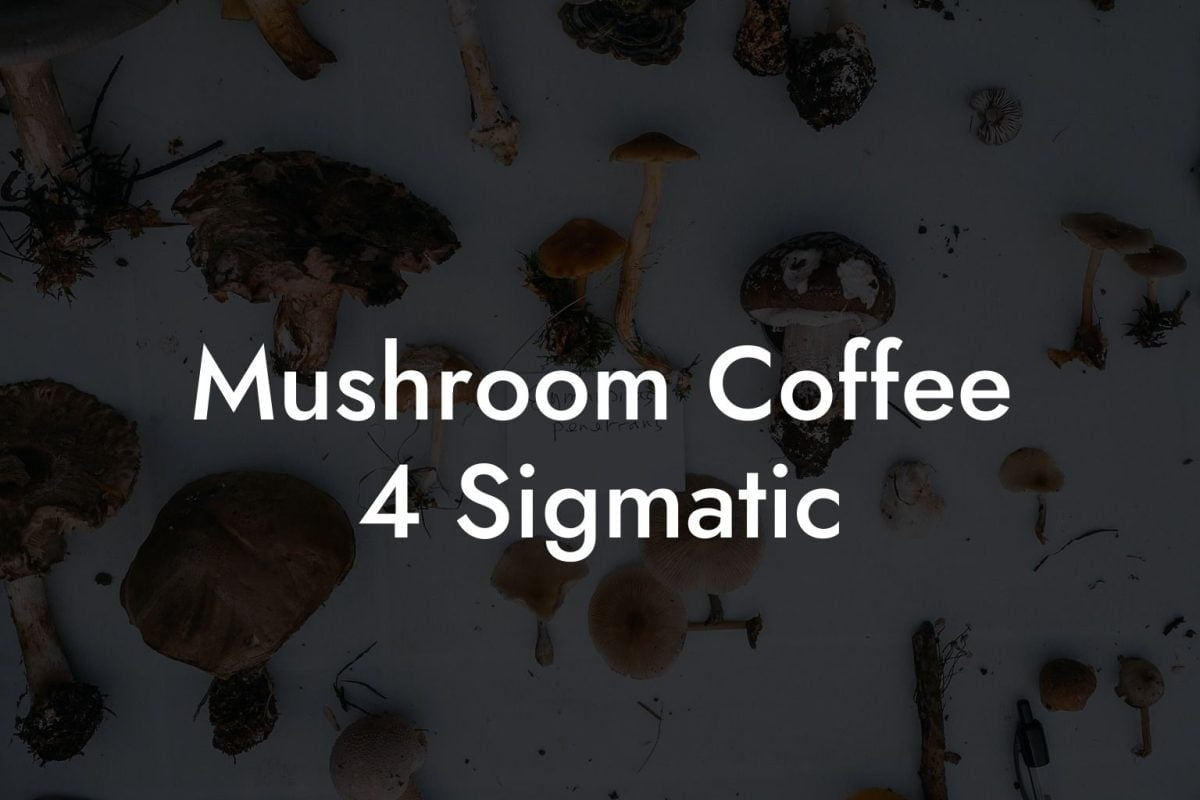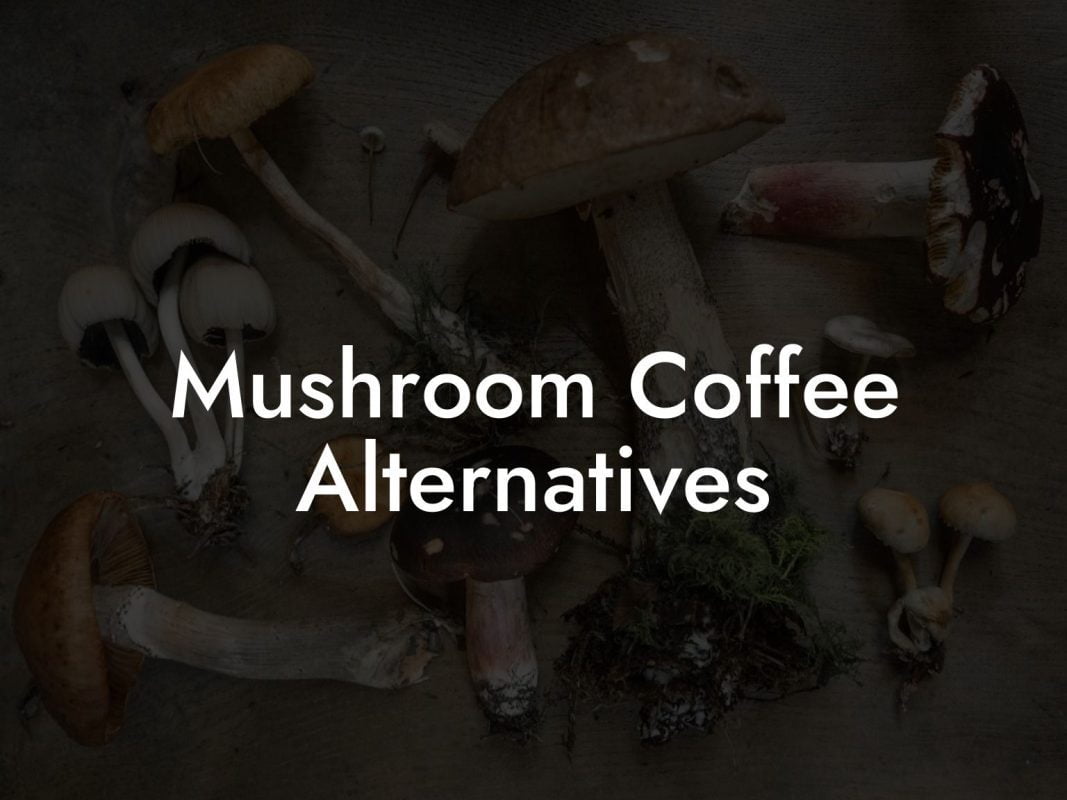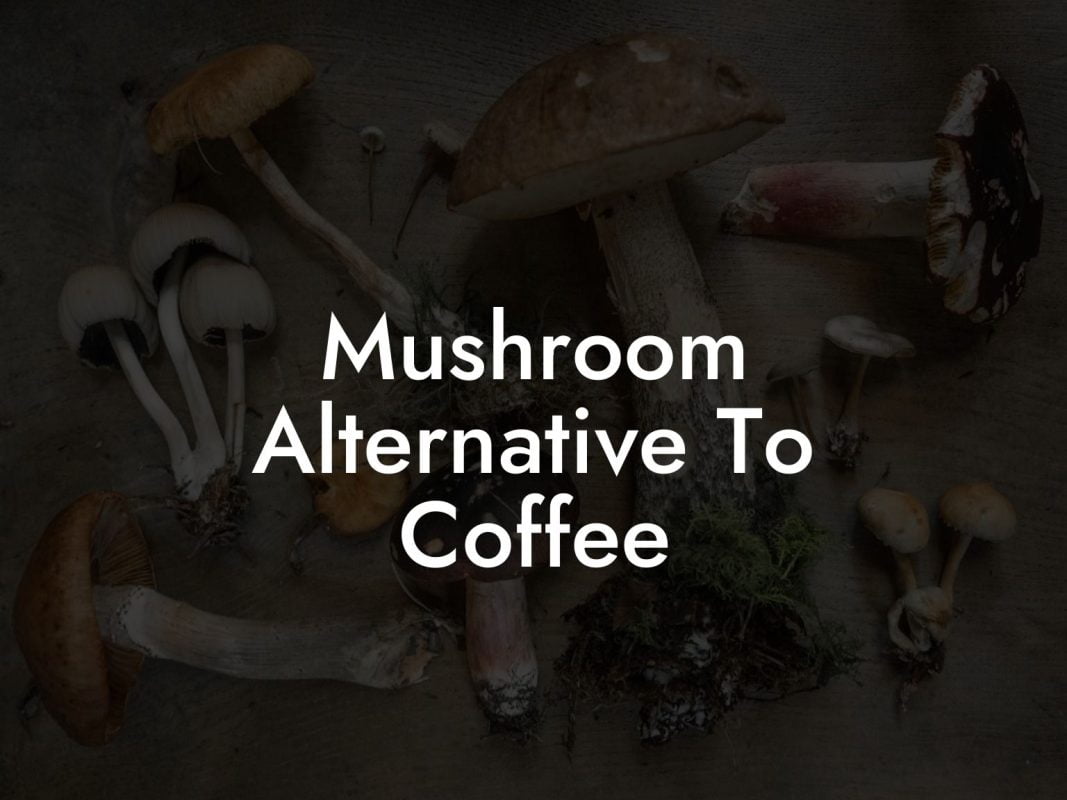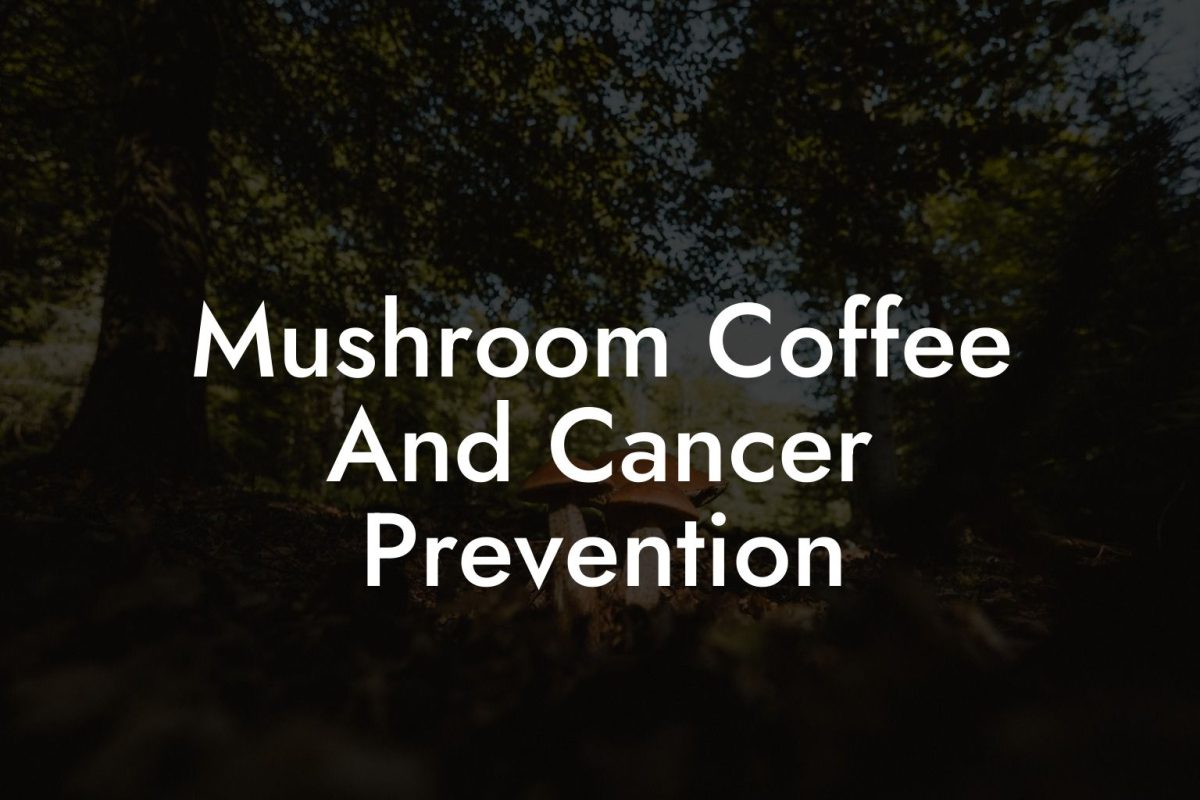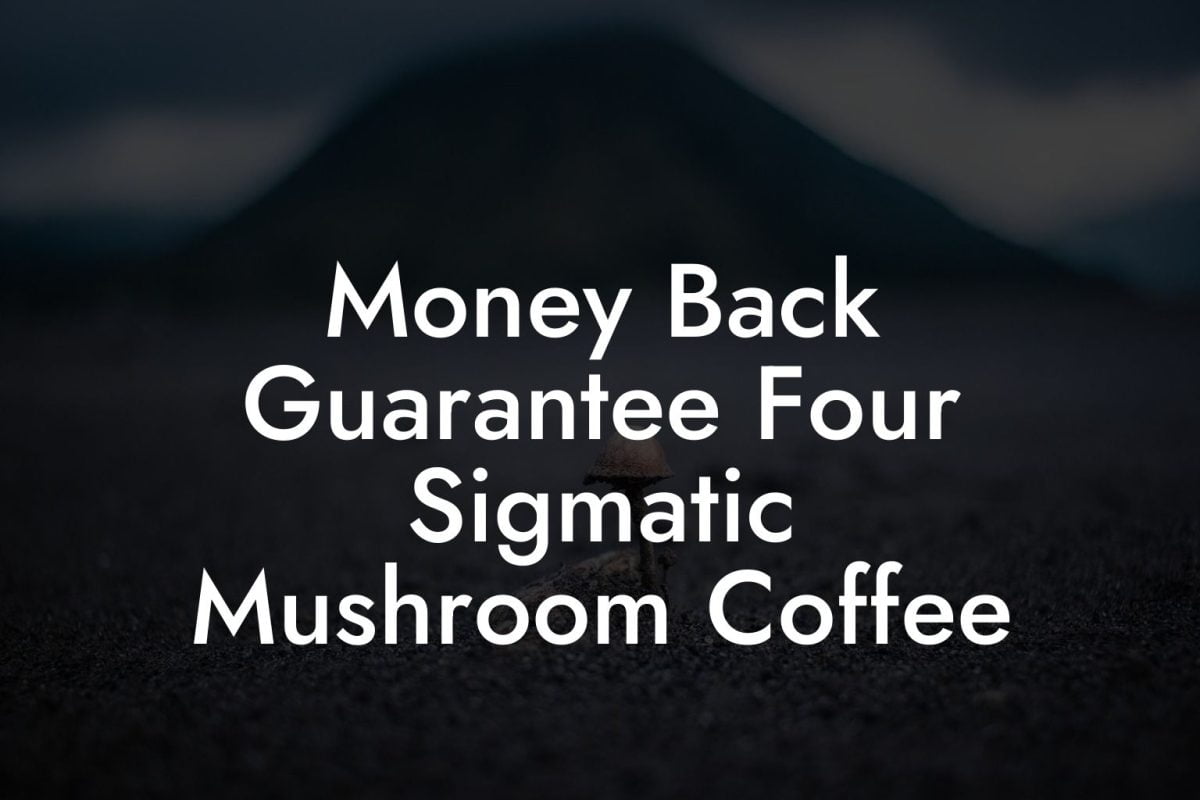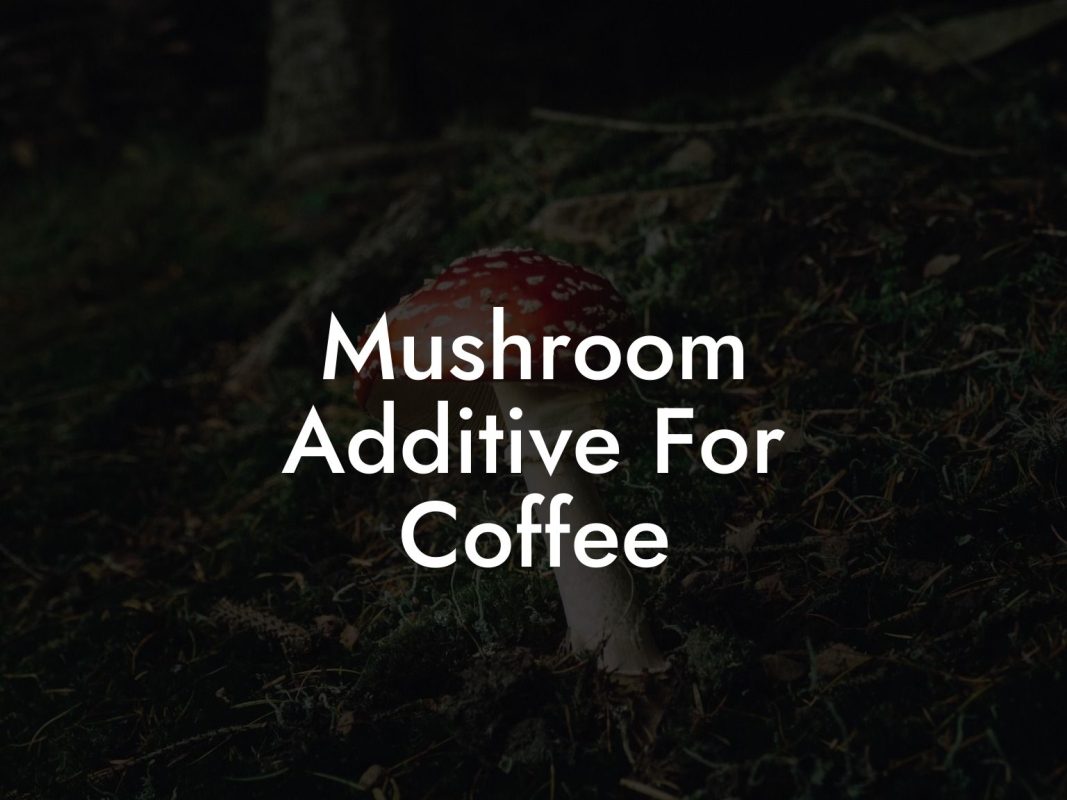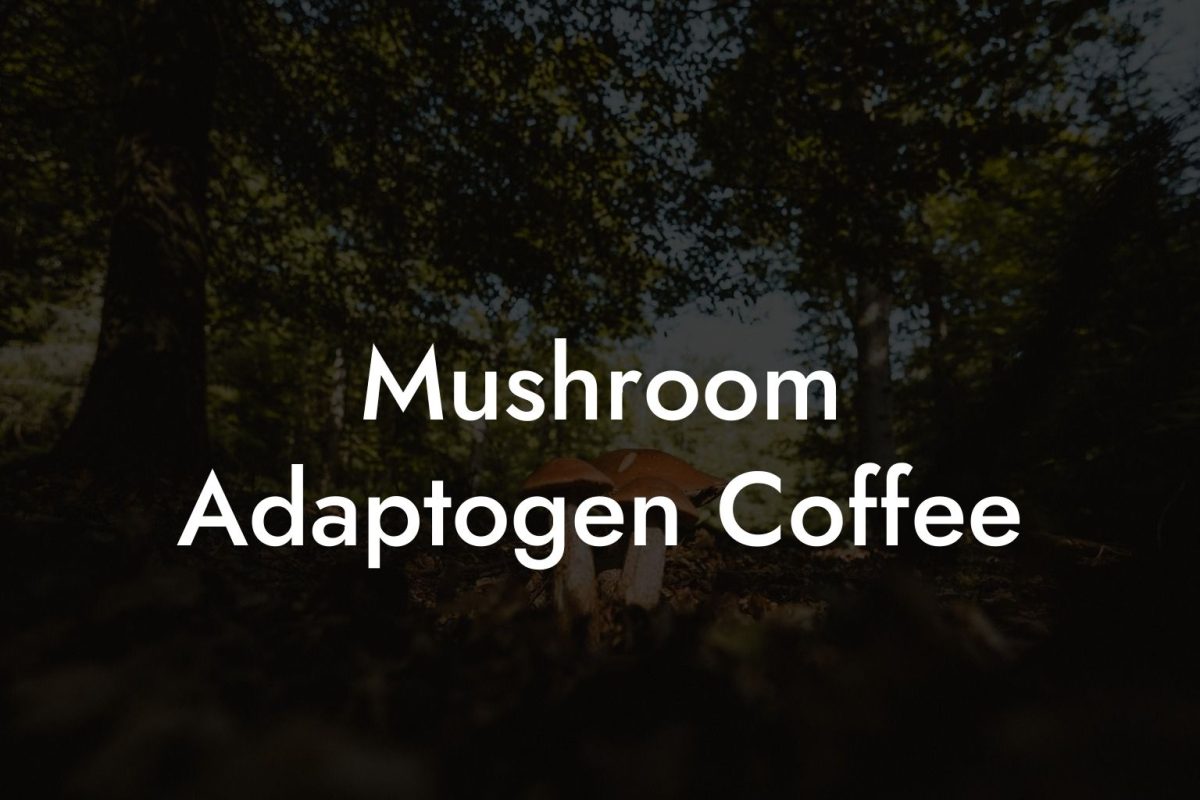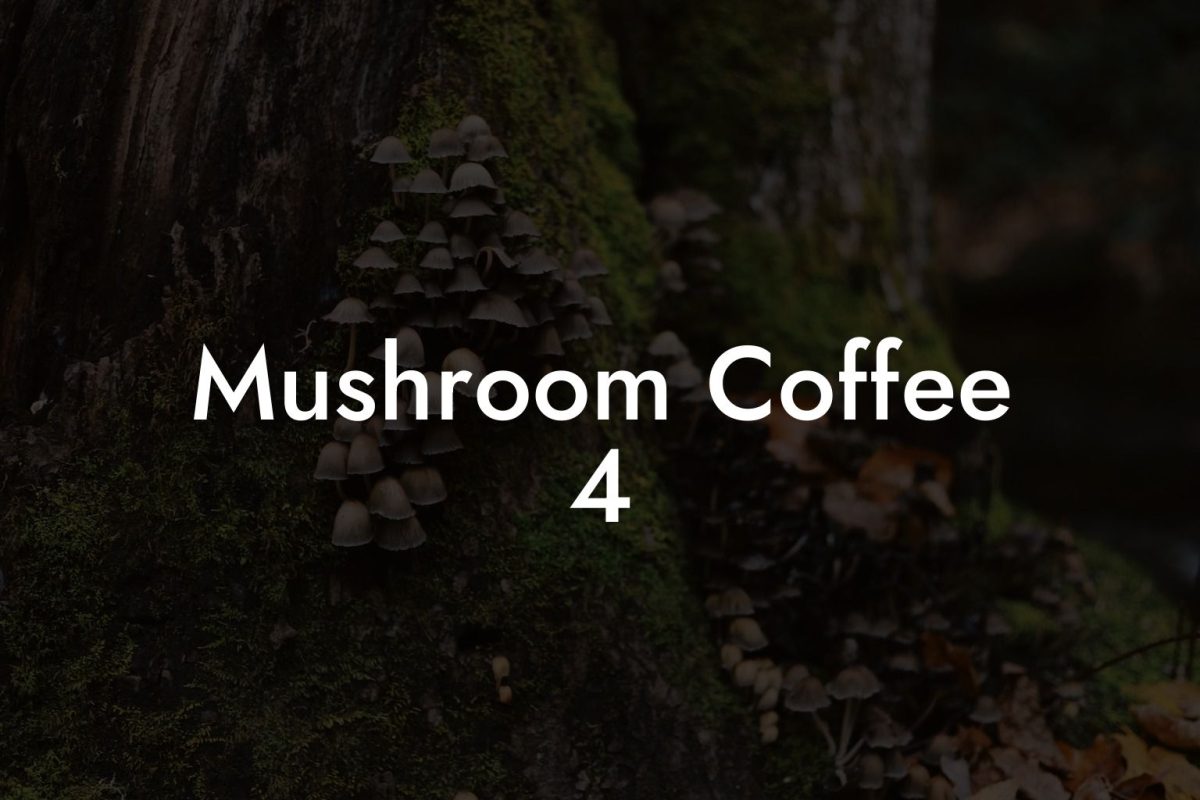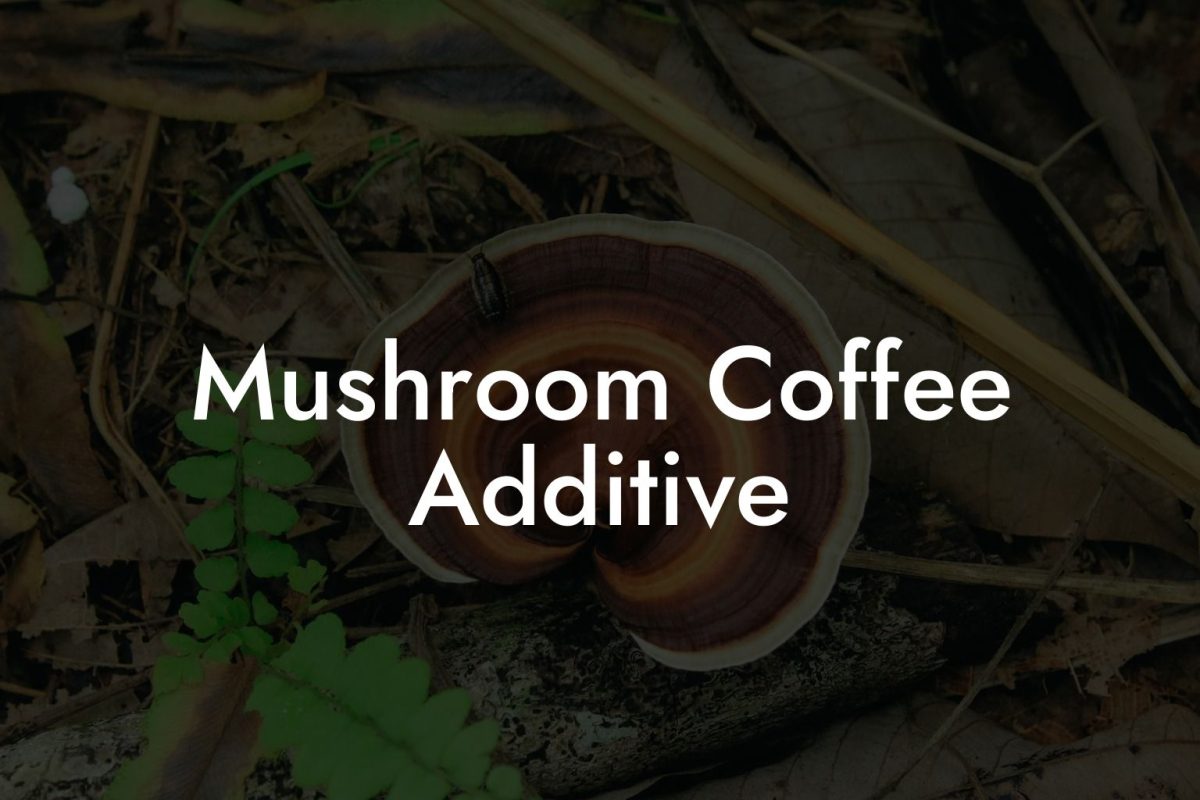Ever thought your leftover morning brew could be the secret sauce to growing robust oyster mushrooms? Welcome to the wild and caffeinated world of mushroom cultivation, where coffee grounds aren’t just for a pick-me-up—they’re a powerhouse substrate that fuels your fungi’s growth. Whether you’re a cool Gen-Z urban gardener or a millennial with a penchant for Mushroom Coffee, get ready to dive into an in-depth, playful, and practical guide to creating the ultimate oyster mushroom substrate using coffee grounds.
Quick Links to Useful Sections
- What Makes a Great Oyster Mushroom Substrate?
- Why Coffee Grounds? The Buzz Behind the Brew
- Coffee Grounds as a Substrate: The Science Behind the Magic
- How to Prepare Your Coffee Grounds for Mushroom Substrate
- Step 1: Sourcing Your Coffee Grounds
- Step 2: Pasteurization or Sterilization
- Step 3: Mixing the Ingredients
- Step 4: Inoculation With Mushroom Spawn
- Step 5: Incubation and Fruiting
- Enhancing Your Substrate: Tips, Tricks, and Tweaks
- Tweak the Moisture Levels
- Optimize the pH
- Add Natural Supplements
- Keep It Clean
- Step-by-Step Guide: Crafting Your Ultimate Mushroom Coffee Substrate
- 1. Gather Your Materials
- 2. Prepare and Sanitize
- 3. Mix It Up
- 4. Inoculate with Spawn
- 5. Bag It or Bucket It
- 6. Incubate
- 7. Fruiting Time
- Mushroom Coffee: The Trend and Its Connection to Oyster Mushrooms
- Overcoming Challenges: Troubleshooting Your Coffee Grounds Substrate
- Contamination Concerns
- Moisture Management
- Environmental Controls
- Timing Your Harvest
- Resources and Community Support: Your Next Steps
- Online Forums and Social Media Groups
- Workshops and Webinars
- Local Mycology Clubs
- Books and Credible Blogs
- Suppliers and Equipment
- FAQ: Your Burning Questions About Coffee Grounds as Oyster Mushroom Substrate
- Your Journey to a Caffeinated Fungi Future
What Makes a Great Oyster Mushroom Substrate?
In the realm of mushroom cultivation, the substrate is the foundation that feeds your fungi, much like soil for plants or a nutritious smoothie for your body. A substrate isn’t just any random mix—it’s a carefully balanced medium that supplies the essential nutrients, moisture, and structure that oyster mushrooms need to flourish.
When we talk about the benefits of using coffee grounds, think of it as adding a superfood boost to your substrate. Coffee grounds are naturally packed with nitrogen, caffeine (a bonus for some species!), and other organic compounds that create a hospitable environment for mycelium—the vegetative part of your mushroom that eats, grows, and eventually mushrooms.
A good substrate does more than just provide nutrients—it also helps regulate moisture levels, maintain pH balance, and fend off pesky contaminants. The secret sauce lies in the perfect recipe: cleanliness, moisture retention, adequate aeration, and, most importantly, nutrient content. And trust us, coffee grounds check off a lot of these boxes.
Why Coffee Grounds? The Buzz Behind the Brew
Coffee grounds might look like nothing more than the remnants of your morning ritual, but they’re a gold mine for a variety of beneficial fungi. Here’s why these humble leftovers deserve your attention:
Looking For The Best Mushroom Coffee? You'll Love These:
- Nutrient-Rich: Coffee grounds are high in nitrogen, an essential element for the robust growth of oyster mushrooms. This nutrient balance supports vigorous mycelial expansion and fruiting body formation.
- Waste Not, Want Not: Repurposing coffee grounds is an eco-friendly way to recycle organic waste. By using them, you’re reducing the amount of waste that ends up in landfills and helping to create a closed-loop system.
- Moisture Retention: These fine particles excel at retaining moisture, which is crucial for maintaining the damp, humid conditions mushrooms crave.
- Natural Antimicrobial Properties: Some studies suggest that coffee grounds can suppress certain bacterial and fungal competitors, giving your oyster mushrooms a head start.
- Readily Available: Whether you’re brewing at home or sourcing from your favorite local café, coffee grounds are abundant. They’re practically a free, renewable resource.
With these advantages under your belt, it's not just about saving coffee grounds—it's about supercharging your substrate with a dynamic mix of nutrients and environmental benefits that set the stage for impressive mushroom growth.
Coffee Grounds as a Substrate: The Science Behind the Magic
Let’s break it down with a little science. The mycelium of oyster mushrooms loves a substrate where the carbon-to-nitrogen (C:N) ratio is just right. Coffee grounds naturally have a low C:N ratio due to their nitrogen content. But like any good recipe, balance is key.
In optimal conditions, the addition of other carbon-rich materials (like straw or sawdust) can adjust the ratio of your substrate, ensuring your fungi get the perfect balance of energy and nutrients. Picture it as pairing a creamy latte with a sprinkle of cinnamon for that extra oomph. You might combine coffee grounds with these additives to create a well-rounded medium that encourages rapid colonization and abundant fruiting bodies.
Additionally, the pH of coffee grounds is slightly acidic—a trait that mostly suits the needs of oyster mushrooms. However, depending on your local water chemistry and the other ingredients in your mix, you may need to adjust the pH to prevent unwanted contaminants from crashing your fungal party.
In essence, using coffee grounds isn’t just a gimmick—it's a scientifically sound method for cultivating mushrooms, backed by research and backed by nature’s own recycling protocol.
How to Prepare Your Coffee Grounds for Mushroom Substrate
Now that you’re sold on the potential of coffee grounds, let’s talk preparation. The process of turning coffee ground waste into fertile mushroom substrate is an art, one that balances cleanliness, moisture, and nutritional value.
Step 1: Sourcing Your Coffee Grounds
Your first step is to collect your caffeine residue. If you’re a home brewer, simply save the used grounds from your morning cup. Better yet, make a pact with local cafés to get their daily supply of spent grounds. Freshly used grounds are best—they’re moist and haven’t had too much time to dry out or develop harmful bacteria.
Step 2: Pasteurization or Sterilization
To give your oyster mushrooms a safe start, it’s critical to pasteurize or sterilize your coffee grounds. This process kills off any undesirable microbes or contaminants that might compete with your precious mycelium. There are two common methods:
- Pasteurization: Heat your coffee grounds to around 140°F – 160°F (60°C – 71°C) for about one hour. This method is gentler and preserves some beneficial microorganisms while eliminating the harmful ones.
- Sterilization: For a completely sterile substrate, you can pressure cook your coffee grounds. This method is more rigorous, ensuring an environment where only your introduced mushroom spawn prevails.
Choose the method that best suits your setup—the DIY enthusiast might prefer pasteurization if you don’t have a pressure cooker on hand, while the seasoned cultivator might opt for sterilization to keep every potential threat at bay.
Step 3: Mixing the Ingredients
Once your coffee grounds are pasteurized or sterilized, it’s time to mix in any additional materials to optimize the substrate’s carbon-to-nitrogen ratio. Common additives include:
- Sawdust or Wood Chips: These boost the carbon content, creating a balanced fuel source for the mushrooms.
- Straw: Another great carbon resource that also helps with structure and aeration.
- Other Organic Materials: Some advanced cultivators experiment with adding other kitchen scraps (like spent grains from beer brewing), but always ensure they’re properly pasteurized to avoid contamination.
Mix your ingredients thoroughly. The goal is to achieve a substrate that is uniformly moist (think of a wrung-out sponge) and well-aerated. Use clean hands and tools to minimize the introduction of pathogens.
Step 4: Inoculation With Mushroom Spawn
Now comes the fun part: inoculation. This is when you introduce mushroom spawn (the mycelium) into your substrate. Break up any clumps of spawn and mix it thoroughly into your prepared substrate while working in a clean environment. A little extra attention to sterility here can save you weeks of frustration later.
Once mixed, transfer the inoculated substrate into your chosen growing container, be it plastic bags with self-healing injection ports or reusable buckets. Seal them up to create a micro-environment that is just right for mycelial colonization.
Step 5: Incubation and Fruiting
Place your containers in a dark, warm space (ideally between 65°F and 75°F) to let the mycelium colonize the substrate. This phase can take anywhere from a few days to a few weeks, depending on your environmental conditions and the vigor of your spawn.
Once colonization is complete, transfer the substrate to a fruiting environment with fresh air, indirect light, and high humidity. Watch closely as pinheads form and eventually blossom into delicious oyster mushrooms ready to be harvested.
Enhancing Your Substrate: Tips, Tricks, and Tweaks
While a basic coffee ground substrate is already a powerhouse for mushroom growth, there are ways to take it to the next level. Here are some actionable tips for getting the most out of your mix:
Tweak the Moisture Levels
Moisture is the magic ingredient in any substrate. If you notice that your mix is either too wet or too dry, adjust by adding more dry ingredients or a light mist of water. Aim for a consistency that feels like a damp sponge—the perfect environment for mycelial expansion.
Optimize the pH
While coffee grounds are naturally slightly acidic, it doesn’t hurt to monitor and, if necessary, tweak the pH levels. Add a small amount of lime (calcium carbonate) if you need to reduce acidity, or a light dusting of elemental sulfur if your substrate is too alkaline. Balanced pH helps the mycelium thrive and fend off competitors.
Add Natural Supplements
A dash of organic supplements, such as gypsum, can enhance the nutritional profile of your substrate. Gypsum not only supplies calcium and sulfur, which are beneficial for mushroom development, but also improves the texture and structure of the medium.
Keep It Clean
Contamination is the number one enemy in mushroom cultivation. Always work in a clean area, sanitize your tools, and don’t hesitate to discard any substrate that shows signs of unwanted mold or bacteria. A little preventive care goes a long way.
Experimentation is part of the fun in mushroom cultivation. As you experiment with coffee ground substrates, keep notes on what works and what doesn’t. Over time, you’ll refine your recipe to suit your unique environment and mushroom strain.
Step-by-Step Guide: Crafting Your Ultimate Mushroom Coffee Substrate
Let’s break down the process into a clear, step-by-step guide so you can confidently channel your inner mushroom barista:
1. Gather Your Materials
You’ll need:
- Fresh coffee grounds (at least 2-3 cups per batch)
- Supplementary organic materials (like straw, sawdust, or wood chips)
- Mushroom spawn for oyster mushrooms
- A container for pasteurization/sterilization (or a pressure cooker)
- Mixing bowl, gloves, and a clean workspace
2. Prepare and Sanitize
Start by collecting and pasteurizing your coffee grounds. Make sure they’re evenly heated for about an hour. While you’re waiting, prep your supplementary ingredients by soaking them in water if necessary—this helps ensure even moisture distribution.
3. Mix It Up
Once your coffee grounds and additives are ready, mix them in a clean container. Your target is a uniformly moist substrate that holds together but isn’t soggy.
4. Inoculate with Spawn
Add your oyster mushroom spawn to the mix. Using clean hands or sanitized tools, thoroughly distribute the spawn—this ensures that the mycelium will colonize every inch of your substrate.
5. Bag It or Bucket It
Transfer the mixture into your chosen growing container. If you’re using plastic bags, poke several small holes with a needle to allow for air exchange during the fruiting phase.
6. Incubate
Place your inoculated substrate in a warm, dark space. Over the next 7-21 days, the mycelium will weave its magic, colonizing the substrate until it’s fully “invaded” the batch.
7. Fruiting Time
Once colonization is complete, introduce your substrate to a humid, ventilated environment with indirect light. This change triggers the formation of mushroom pins, which quickly mature into full-fledged oyster mushrooms.
Whether it’s the satisfaction of witnessing a white, velvety network spreading through your substrate or the thrill of harvesting bountiful fungi from a mix of recycled coffee, every step in this guide promises not only a sustainable reward but also a creative journey into the art and science of mushroom cultivation.
Mushroom Coffee: The Trend and Its Connection to Oyster Mushrooms
You might have noticed the buzz around Mushroom Coffee—the drink that combines the energizing effects of caffeine with the purported benefits of medicinal mushrooms. But did you realize that the same substrate techniques used for growing oyster mushrooms can also be related to the production process of these innovative beverages?
When you create an oyster mushroom substrate using coffee grounds, you’re not just recycling—you’re participating in a circular economy that celebrates sustainable practices, creative reuse, and health benefits. Just like mushroom coffee, your home-grown mushrooms can be a conversation starter, a surprise addition to gourmet recipes, or even a humble ingredient in organic supplements.
Plus, the appeal of mushroom coffee lies in its holistic benefits: antioxidants, improved focus, and immune support. Similarly, your sustainably grown oyster mushrooms carry a story of repurposing waste, environmental care, and the alchemy of turning everyday remnants into culinary and wellness delights.
Overcoming Challenges: Troubleshooting Your Coffee Grounds Substrate
As with any DIY project, growing mushrooms comes with its fair share of hurdles. But don’t fret—here are some common challenges and how to tackle them:
Contamination Concerns
One of the biggest risks when working with organic substrates is contamination from unwanted bacteria or molds. Prevent this by ensuring thorough pasteurization or sterilization of your coffee grounds and supplements. Always check for unusual colors or textures on your substrate; early detection is key.
Moisture Management
Too much moisture can lead to soggy substrates and encourage contaminants, while too little can dry out your mycelium. If your mixture seems too wet, mix in additional dry material like sawdust. If it’s too dry, use a fine mist sprayer to add water slowly.
Environmental Controls
The incubation and fruiting phases are sensitive to temperature, humidity, and light. Invest in a simple hygrometer and thermometer to monitor your setup. Sometimes, creating a makeshift fruiting chamber with a clear plastic container and holes for ventilation can make all the difference.
Timing Your Harvest
Knowing when to harvest is an art form. If you pull mushrooms too early, they might not have reached their full flavor or nutritional potential. Wait until the edges begin to flatten out for optimal texture and taste. Remember, patience pays off—in both gourmet coffee and gourmet mushrooms!
Troubleshooting takes practice, but each challenge you overcome will make you a more confident and resourceful cultivator.
Resources and Community Support: Your Next Steps
Cultivating oyster mushrooms using coffee grounds is as much a community adventure as it is a solo experiment. Here are some resources and community steps to help you level up your cultivation game:
Online Forums and Social Media Groups
Join communities on Reddit, Facebook, and specialized mushroom cultivation forums. These platforms are bursting with DIY tips, troubleshooting insights, and inspiring success stories from fellow enthusiasts.
Workshops and Webinars
Look out for local or online workshops on mushroom cultivation. Many experts host webinars that cover both basic principles and advanced techniques, allowing you to ask questions and share experiences in real time.
Local Mycology Clubs
If you’re into hands-on experiences, consider joining a local mycology club. These groups often organize foraging trips, cultivation meet-ups, and collaborative projects, making the cultivation process even more rewarding.
Books and Credible Blogs
Several books and blogs offer in-depth guides and the latest research trends in mushroom growing. Resources from reputable mycologists not only provide technical guidance but also share the passion behind the craft.
Suppliers and Equipment
Investing in quality mushroom spawn, substrates, and sterilization equipment can make your cultivation journey smoother. Many online suppliers specialize in organic and sustainable mushroom growing products.
Above all, the cultivation community is your best resource. Don’t hesitate to share your progress, ask for help when needed, and offer guidance to fellow enthusiasts. Together, you’re part of a movement that values creativity, sustainability, and a little extra buzz in every brew.
FAQ: Your Burning Questions About Coffee Grounds as Oyster Mushroom Substrate
Here are some frequently asked questions to clear up any lingering doubts about this innovative, eco-friendly method of mushroom cultivation:
1. What exactly is a substrate, and why are coffee grounds effective?
A substrate is the growth medium where your mushrooms derive nutrition. Coffee grounds are effective because they’re nutrient-rich, especially in nitrogen, which is essential for vigorous mycelial growth. They also help retain moisture and can naturally fend off some contaminants.
2. Do I need to mix coffee grounds with other materials?
While coffee grounds work well on their own, mixing them with carbon-rich additives like straw, sawdust, or wood chips can help balance the carbon-to-nitrogen ratio. This creates an optimal growth environment for your oyster mushrooms.
3. Can I use old, dried coffee grounds?
Fresh, used coffee grounds are best because they’re moist and haven’t been contaminated for too long. Old, dried-out grounds might not provide the same moisture or nutrient benefits.
4. How do I prevent contamination in my substrate?
Proper pasteurization or sterilization is essential. Always work in a clean environment, sanitize your tools, and maintain a controlled environment during incubation and fruiting.
5. What conditions do oyster mushrooms need to fruit?
They require a humid environment (around 85-95% humidity), moderate temperatures (65°F – 75°F), and indirect light for healthy fruiting. Fresh air is also essential to stimulate mushroom formation.
6. How long does it take for mycelium to colonize the substrate?
Colonization typically takes between 7 and 21 days, depending on temperature, humidity, and the vigor of your spawn.
7. Can I use this method for other types of mushrooms?
While coffee grounds work wonderfully for oyster mushrooms, some other mushroom species might require different substrates. Always research the preferred ingredients for your specific mushroom type.
8. Is it safe to consume mushrooms grown on coffee grounds?
Absolutely. When prepared properly with clean, pasteurized ingredients, mushrooms grown on coffee grounds are safe and nutritious.
9. Do I need any special equipment to start?
Basic equipment includes a container or bag for substrate, a way to pasteurize or sterilize your ingredients (like a pressure cooker or large pot), and a clean workspace. Optional gadgets include hygrometers and thermometers for precise control.
10. Where can I find more detailed information or community support?
Check out online communities, local mycology clubs, and reputable mushroom cultivation blogs. These resources offer a wealth of advice, troubleshooting tips, and inspiration.
Your Journey to a Caffeinated Fungi Future
The adventure of combining the art of coffee with the science of mushroom cultivation is a curated blend of creativity, sustainability, and hands-on experimentation. Turning your everyday coffee grounds into a thriving oyster mushroom substrate is not only environmentally responsible—it’s an invitation to explore nature’s potential in your own home.
Embrace the process with a mix of scientific curiosity and a playful spirit. Every step, from collecting your coffee grounds to watching the mycelium take over and eventually fruit into a bounty of oyster mushrooms, is a step toward a greener lifestyle, a stronger community, and a fun, innovative way to brew up a connection with nature.
Take a moment to imagine the aroma of freshly brewed coffee mingling with the earthy scent of mushrooms—a sensory reminder that your creativity has transformed what was once waste into a living, thriving ecosystem. This is more than cultivation; it’s a chance to be part of a movement that values resourcefulness, sustainability, and a dash of daring originality.
So roll up your sleeves, grab that bag of used coffee grounds, and step into a world where your morning brew fuels not just your day, but the future of eco-friendly, home-grown Oyster Mushrooms. Your caffeinated fungi journey awaits—enjoy the process, learn from every batch, and most importantly, have fun along the way!
Looking For The Best Mushroom Coffee? You'll Love These:
Useful Interruption: Dive deeper into the world of Mushroom Coffee with our most popular sections. If there is anything you think is missing or anything you would love for us to write about, just give us a shout.
- Mushroom Coffee Equipment & Product Reviews
- Mushroom Coffee Recipes & Creative Variations
- Mushroom Coffee Guides & Troubleshooting
- Mushroom Coffee Brewing & Preparation Techniques
- Model Rocket Advanced Rocketry & Innovations
- Mushroom Coffee Fundamentals
- Model Rocket Equipment Reviews & Digital Tools
- Mushroom Coffee Health Benefits & Wellness
- Mushroom Coffee Mycology & Scientific Insights
- Mushroom Coffee Community, Lifestyle & Engagement
I tried mushroom coffee this morning and told my friend, "This brew is spore-tacular!" He shot back, "Guess that's why it's such a cap-tivating way to kickstart your day!"

